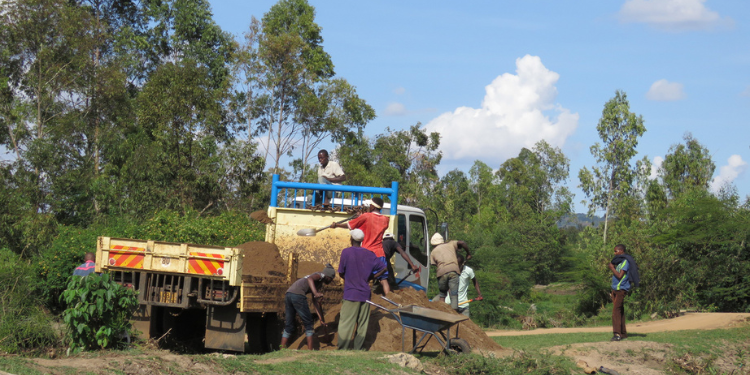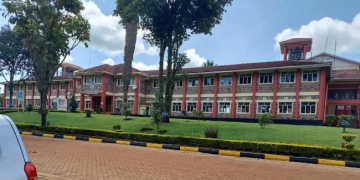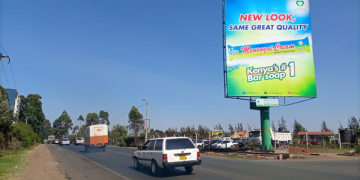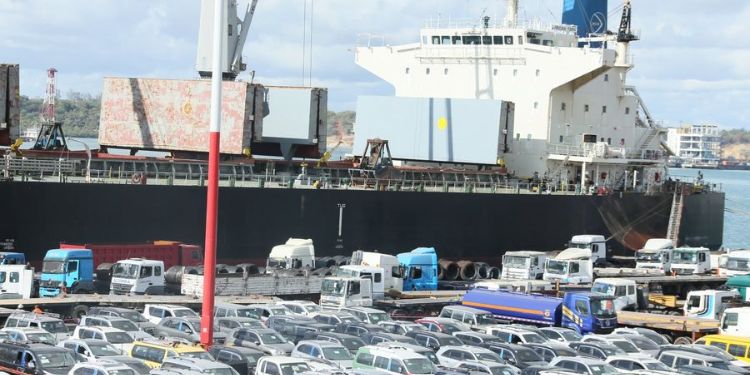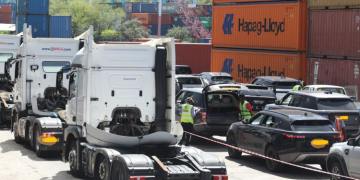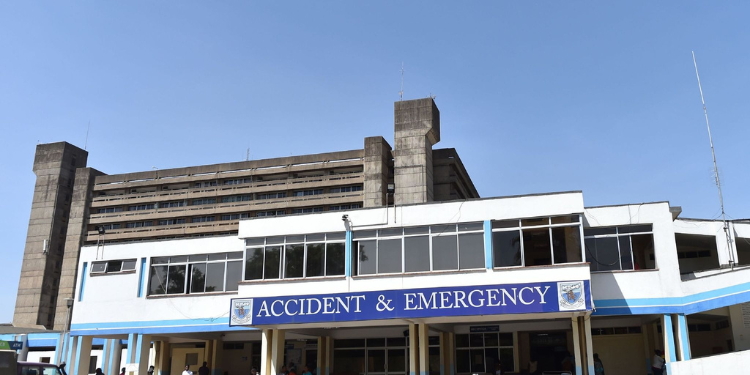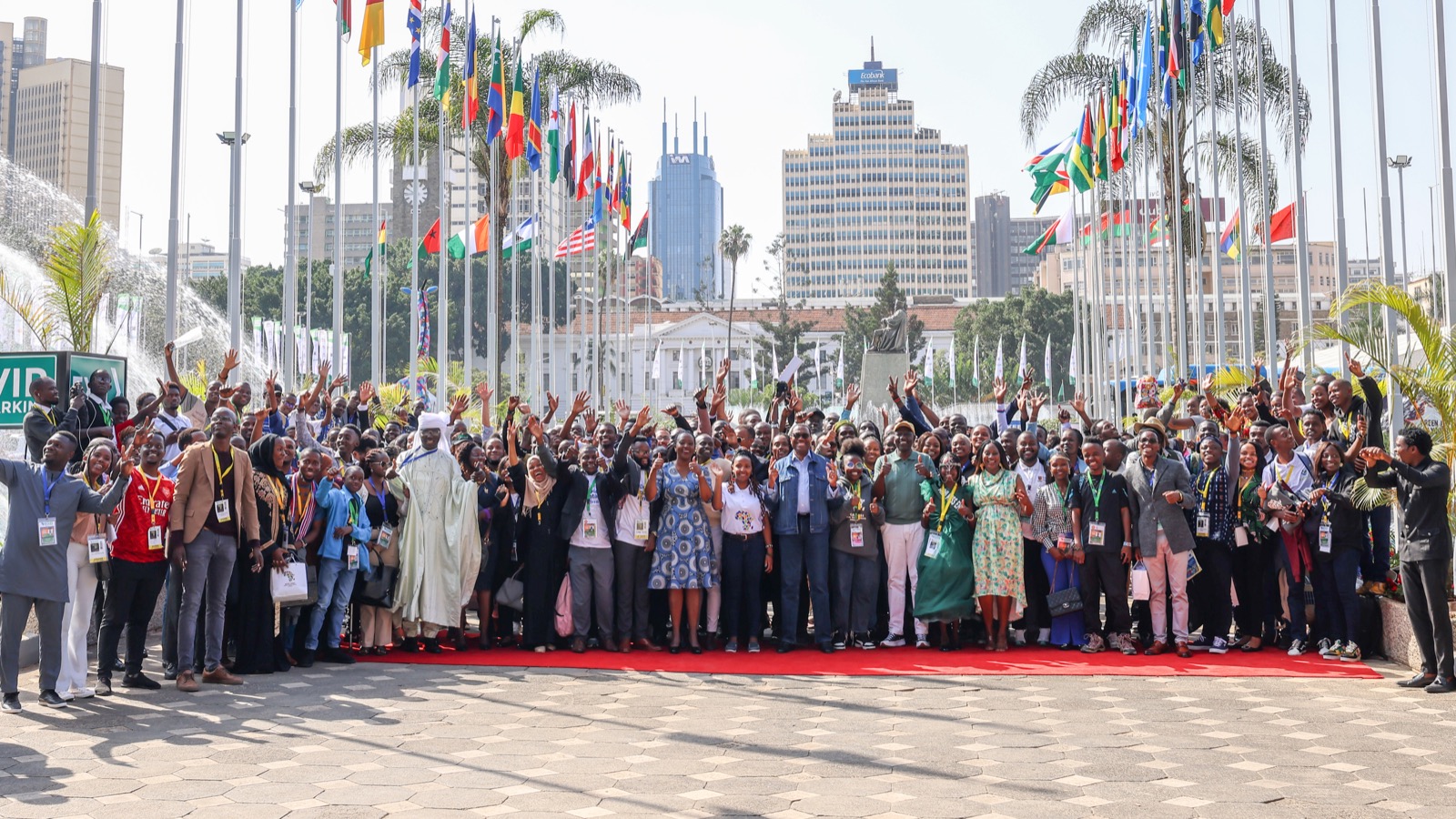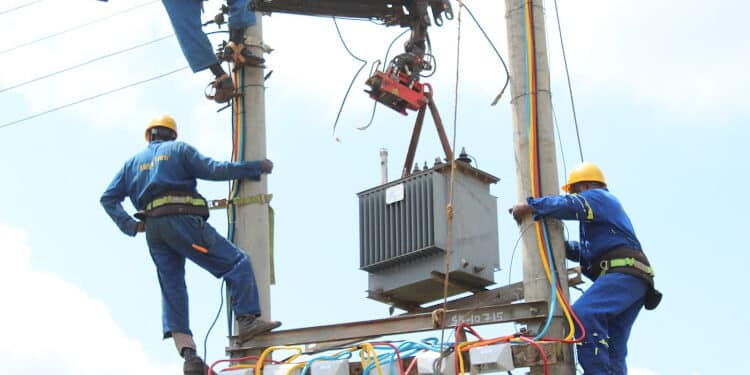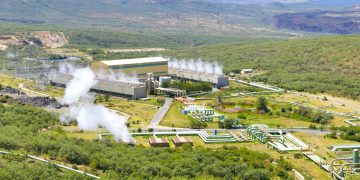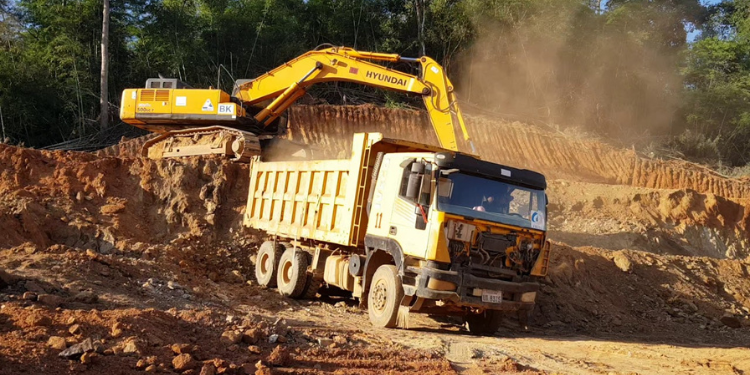Sand harvesting in Kenya is regulated under the Environmental Management and Coordination Act (EMCA) and overseen by the National Environment Management Authority (NEMA).
A permit is mandatory before any sand extraction to ensure environmental protection and sustainable resource use.
Step-by-Step Process
1.Confirm Eligibility and Site Compliance
Before applying for a sand harvesting permit, you must ensure that your intended site is legally and environmentally eligible.
NEMA and local authorities strictly regulate sand extraction to prevent environmental degradation.
Sand cannot be harvested from protected areas such as wetlands, riverbanks, forests, or other environmentally sensitive zones.
2.Prepare Required Documentation
A complete and accurate set of documents is critical for NEMA to process your sand harvesting permit.
Missing or incorrect documents are a common reason for application delays or rejection.
Applicants must submit the following documents:
- Application form (available at NEMA offices or online).
- Identification documents of the applicant or company registration certificate.
- Location map showing the proposed sand harvesting site.
- Environmental Impact Assessment (EIA) report for large-scale operations. Small-scale applicants may require a basic environmental audit.
- Letter of consent from landowners if harvesting on private land.
3.Submit Application to NEMA
Applications can be submitted online via NEMA’s e-Portal or physically at the nearest NEMA regional office.
Ensure the application clearly states:
- The intended quantity of sand to be harvested.
- The purpose (construction, commercial sale, or other approved uses).
- Duration of extraction.
After submission, NEMA will issue a receipt or acknowledgment letter, either digitally or physically.
Use the tracking number to monitor the status of your application.
Keep communication lines open, as NEMA may request additional documents or clarifications.
4.Site Inspection
Once NEMA receives your sand harvesting permit application, the authority will conduct a site inspection to verify the information provided and assess environmental compliance.
The inspection assesses:
- Impact on the surrounding ecosystem.
- Risk of erosion or flooding.
- Compliance with zoning and land use regulations.
NEMA ensures sand will be harvested only in the approved area and sites prone to soil erosion or flooding may be deemed unsuitable.
Inspectors look for erosion control, waste management, and rehabilitation plans.
If the site meets all environmental and regulatory requirements, the inspection report will recommend permit approval.
If issues are found, NEMA may request modifications to the extraction plan, impose conditions, or reject the application entirely.
6. Permit Issuance
After NEMA completes the site inspection and confirms compliance with environmental and regulatory standards, the next step is the official issuance of the sand harvesting permit.
Also Read: Step-by-Step Process of Renewing Your EIA License in Kenya
This permit legally authorizes you to extract sand from the approved site under specified conditions.
NEMA will notify the applicant in writing, either digitally via the e-Portal or through a physical letter, that the application has been approved.
The notification will include the permit reference number, which must be quoted in all official communications.
The sand harvesting permit will clearly specify:
- Maximum Allowable Quantity: The exact volume of sand you are permitted to extract.
- Validity Period: Usually ranges from 3 to 12 months depending on the scale of operations and environmental considerations.
- Conditions for Extraction:
- Boundaries within which sand can be harvested.
- Environmental protection measures (e.g., erosion control, site rehabilitation).
- Safety protocols for workers and neighboring communities.
Permit holders are legally obligated to comply with all conditions outlined by NEMA.
Also Read: How to Apply for a Waste Management Licence in Kenya
Any changes in extraction quantity, site, or duration require prior approval from NEMA.
Treat the permit as a binding legal document.
Violating any of its conditions can result in revocation, fines, or prosecution under Kenya’s environmental laws.
Follow our WhatsApp Channel and X Account for real-time news updates.
